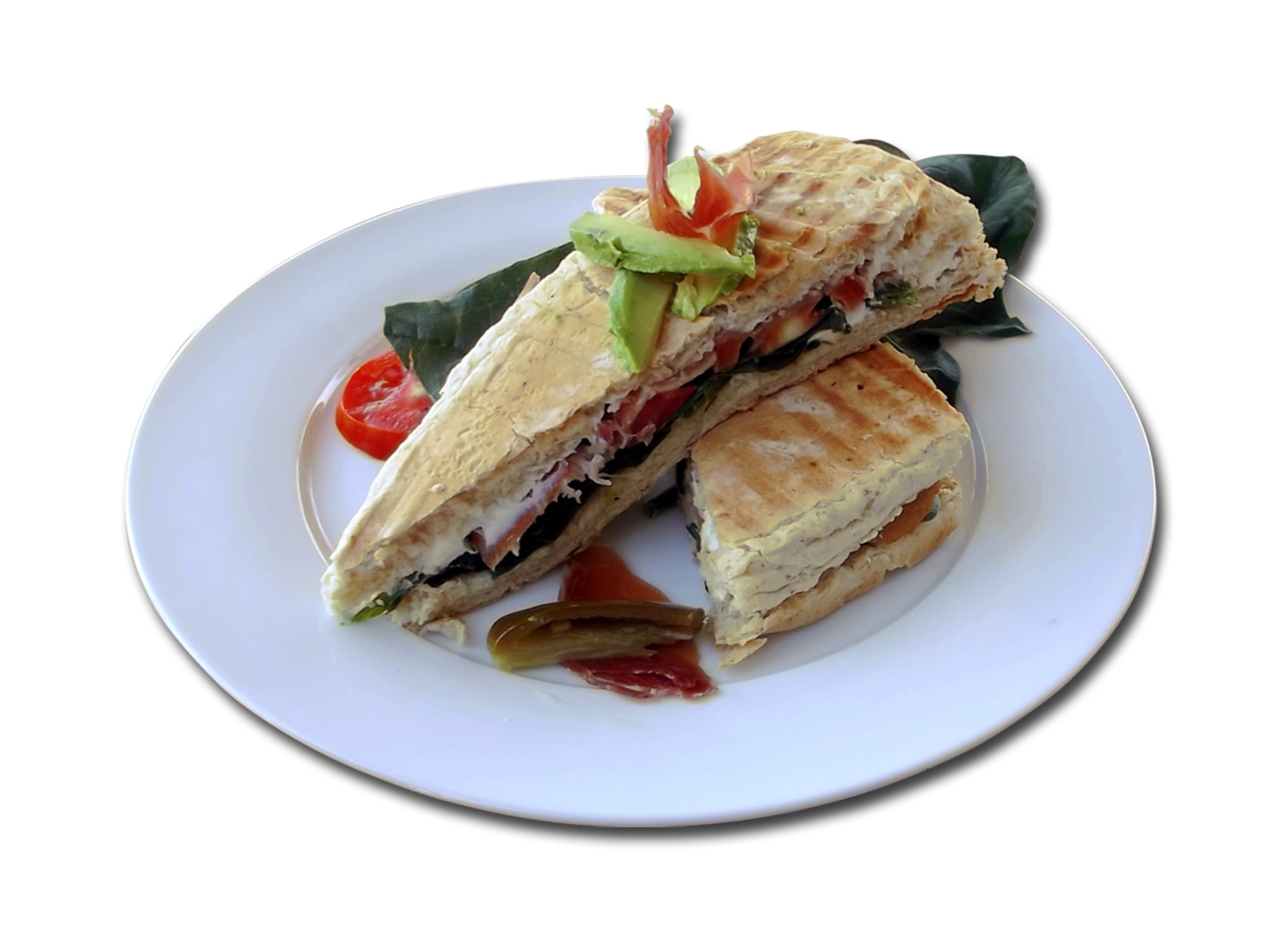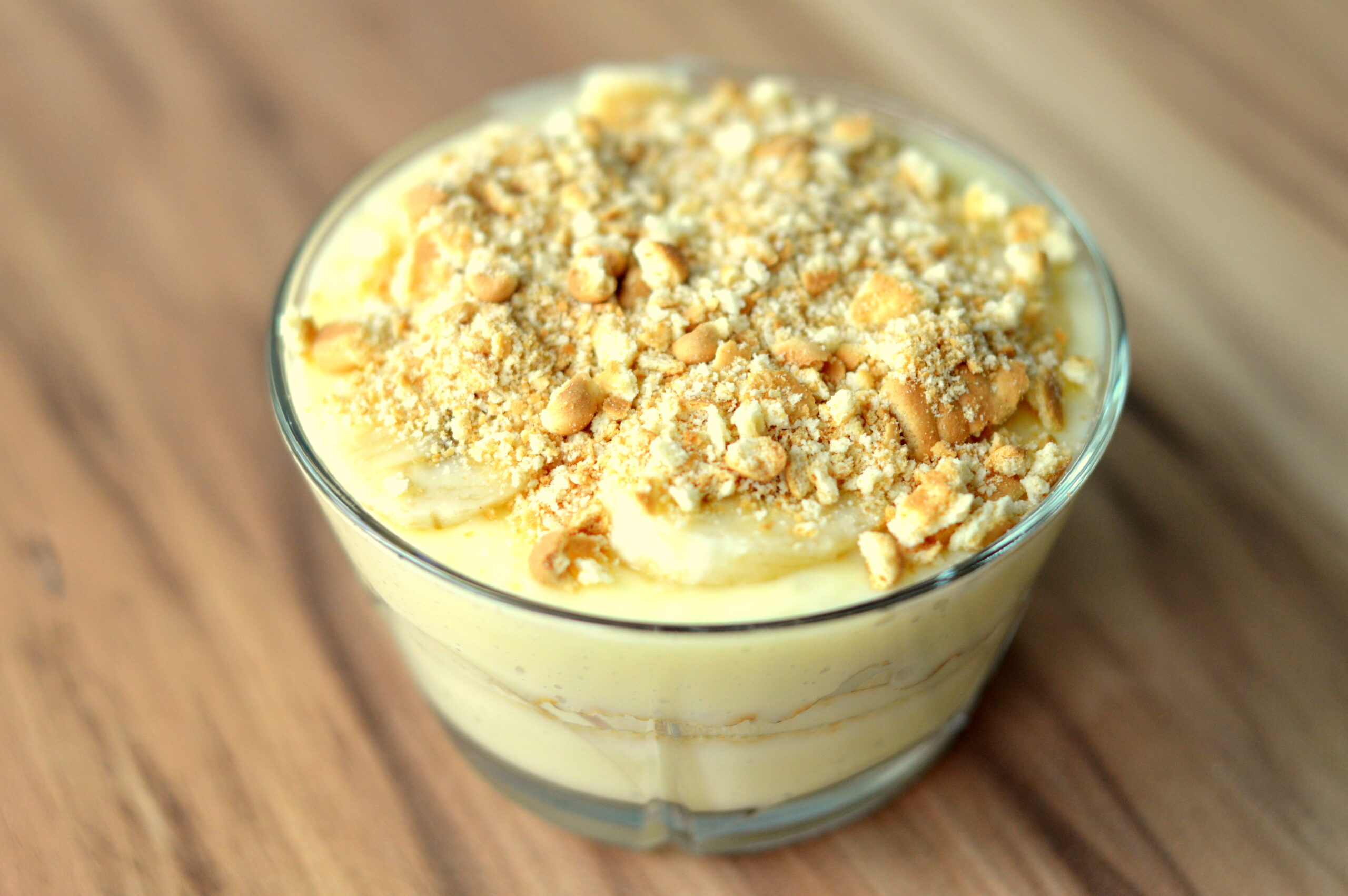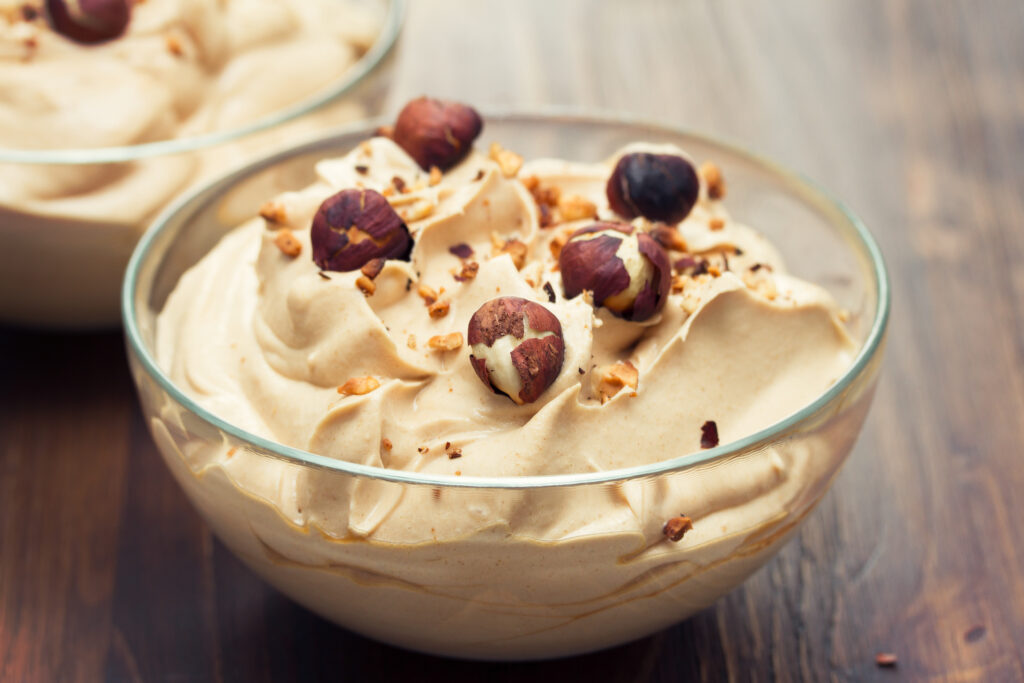- LIFE
Best Panini Recipes for Melty Perfection


Peanut butter pudding is a delightful, creamy dessert that combines the rich, nutty flavor of peanut butter with the smooth texture of pudding. It’s a versatile treat that can be enjoyed on its own, layered into parfaits, or even used as a filling for cakes and pies. Whether you’re a seasoned home baker or a dessert enthusiast looking to try something new, mastering the art of peanut butter pudding is a rewarding endeavor. This article will guide you through essential techniques, common pitfalls, and creative variations to elevate your pudding-making skills.
Creating a flawless peanut butter pudding begins with having the right tools at your disposal. A heavy-bottomed saucepan is crucial for even heat distribution, preventing the pudding from scorching. A whisk is essential for achieving a smooth, lump-free texture, while a sturdy spatula helps in scraping down the sides of the pan to ensure all ingredients are well incorporated. Additionally, a fine-mesh sieve can be useful for straining the pudding to eliminate any potential lumps, resulting in a silky finish.
The primary ingredient for a delectable peanut butter pudding is, of course, peanut butter. Opt for creamy, high-quality peanut butter for the best results. Natural peanut butter can be used, but be sure to stir it thoroughly to incorporate the oils. Other key ingredients include whole milk for creaminess, sugar for sweetness, and cornstarch as a thickening agent. A touch of vanilla extract enhances the overall flavor profile, while a pinch of salt balances the sweetness and highlights the peanut butter’s nutty notes.
One common mistake is cooking the pudding over high heat, which can cause it to scorch or develop lumps. Always use medium to low heat and stir continuously. Another pitfall is not allowing the pudding to thicken adequately on the stove before chilling. It should coat the back of a spoon before you remove it from the heat. Lastly, don’t rush the cooling process; letting the pudding cool at room temperature before refrigerating helps prevent a watery consistency.
If your pudding turns out grainy, it might be due to overcooking or not dissolving the sugar properly. Strain the pudding through a sieve to remove grains. For watery pudding, ensure you used the correct ratio of cornstarch and allowed the pudding to cook until thickened. If the issue persists, cook the pudding longer or add a bit more cornstarch dissolved in milk, then bring it back to a gentle boil.
Adding bananas to peanut butter pudding introduces a delightful flavor twist. For a simple variation, layer sliced bananas between pudding layers in a parfait glass. Another option is to blend ripe bananas into the pudding before cooking, which enhances the sweetness and adds a fruity dimension. Consider topping the pudding with banana slices and a sprinkle of chopped peanuts for added texture.
Creating a visually appealing peanut butter parfait involves careful layering. Start with a layer of crushed graham crackers or cookies at the bottom of the glass. Add a generous layer of peanut butter pudding, followed by whipped cream or banana slices. Repeat the layers until the glass is full, finishing with a dollop of whipped cream and a sprinkle of chocolate shavings or chopped nuts for garnish.
Whipped cream adds a light, airy contrast to the dense richness of peanut butter pudding. Fold whipped cream gently into the pudding after it has cooled to room temperature for a mousse-like texture. Alternatively, use it as a topping to add visual appeal and a creamy finish. For flavored whipped cream, consider adding a teaspoon of vanilla extract or a tablespoon of cocoa powder before whipping.
Chocolate and peanut butter are a classic pairing that can elevate your pudding. Stir in melted chocolate or cocoa powder during the cooking process for a chocolate-peanut butter blend. For a layered effect, alternate between layers of chocolate pudding and peanut butter pudding in a dessert glass. Chocolate chips or shavings can also be added as a topping for extra indulgence.

Ingredients: 2 cups whole milk, 1/2 cup sugar, 1/3 cup creamy peanut butter, 3 tablespoons cornstarch, 1 teaspoon vanilla extract, pinch of salt. Method: Whisk sugar, cornstarch, and salt in a saucepan. Gradually add milk, whisking until smooth. Cook over medium heat, stirring, until thickened. Remove from heat, stir in peanut butter and vanilla. Cool before serving.
Ingredients: 2 cups whole milk, 1/2 cup sugar, 1/3 cup creamy peanut butter, 3 tablespoons cornstarch, 1/4 cup cocoa powder, 1 teaspoon vanilla extract. Method: Follow the classic recipe, dividing the pudding base in half. Stir cocoa powder into one half. Layer or swirl both puddings in serving dishes.
Ingredients: 2 cups whole milk, 1/2 cup sugar, 1/3 cup creamy peanut butter, 2 ripe bananas, 3 tablespoons cornstarch, 1 teaspoon vanilla extract. Method: Blend bananas with milk until smooth. Proceed with the classic recipe, substituting banana milk mixture for regular milk.
Ingredients: Classic peanut butter pudding, crushed graham crackers, whipped cream. Method: Layer crushed graham crackers, pudding, and whipped cream in glasses. Repeat layers and top with whipped cream and a sprinkle of chopped nuts.
Ingredients: 2 cups almond milk, 1/2 cup sugar, 1/3 cup natural peanut butter, 3 tablespoons cornstarch, 1 teaspoon vanilla extract, pinch of salt. Method: Use almond milk instead of dairy milk in the classic recipe. Ensure peanut butter is fully incorporated for a smooth texture.
To maintain the freshness of your peanut butter pudding, store it in an airtight container in the refrigerator. It will keep for up to five days. To prevent a skin from forming on the surface, press a piece of plastic wrap directly onto the pudding before sealing the container. If you plan to make pudding in advance for an event, consider preparing it a day ahead to allow flavors to meld.
Peanut butter pudding pairs wonderfully with a variety of baked goods. Serve it alongside shortbread cookies or chocolate chip cookies for a delightful contrast in textures. Alternatively, use it as a filling between layers of chocolate cake or as a topping for brownies. For a more sophisticated presentation, consider serving the pudding in individual ramekins with a side of biscotti or ladyfingers.